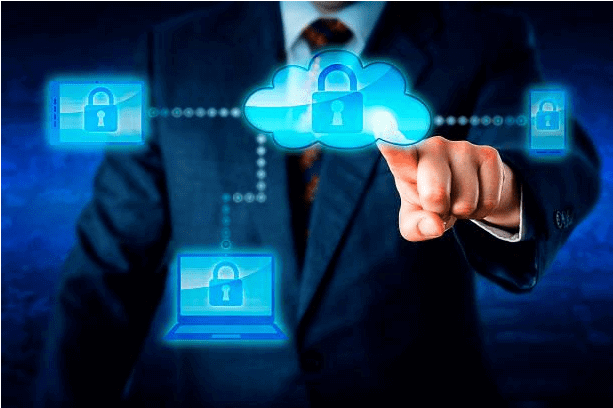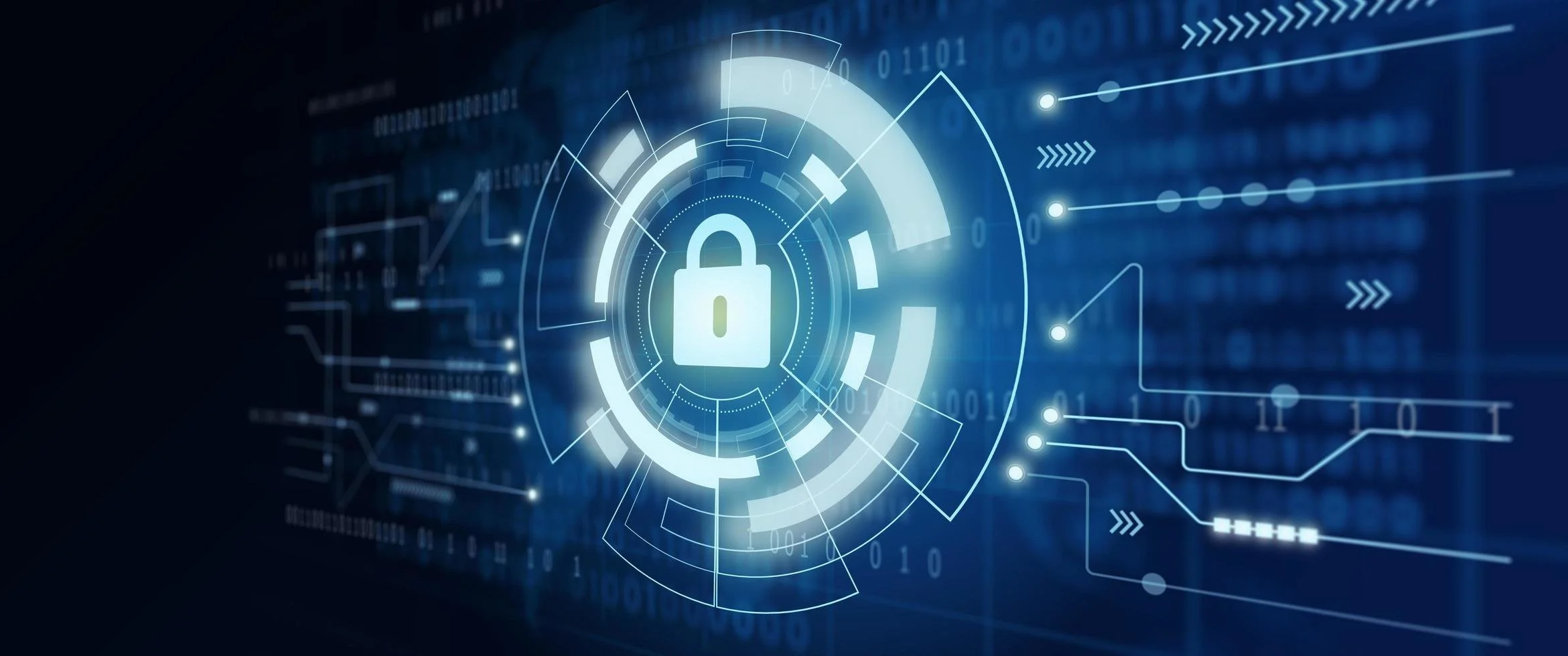Understanding the Importance of Security Monitoring Services
Cyber security is a growing concern for businesses of all sizes and industries. With the increasing number of cyber threats, it has become crucial for organizations to implement effective security measures to protect their data and infrastructure. One such measure is cyber security monitoring, which plays a vital role in detecting and preventing cyber attacks.
What is Cyber Security Monitoring?
Cyber security monitoring is the process of continuously observing and analyzing an organization's network and systems to detect potential security threats and breaches. It involves monitoring network traffic, reviewing security logs, and analyzing various security events to identify any suspicious activities. The primary goal of cyber security monitoring is to minimize the risk of cyber attacks and ensure the integrity, confidentiality, and availability of the organization's data and systems.
Businesses face a wide range of cyber threats, including malware infections, phishing attacks, data breaches, and more. These threats can result in financial loss, reputational damage, and legal consequences. Cyber security monitoring helps businesses stay one step ahead of potential attacks by detecting and responding to security incidents in real-time. It allows organizations to identify vulnerabilities, mitigate risks, and implement necessary security measures to protect their valuable assets.
Cyber security monitoring involves the use of specialized tools and technologies to monitor an organization's network traffic, system logs, and security events. These tools generate alerts whenever they detect any suspicious or unusual activity. A dedicated security team is responsible for analyzing these alerts, investigating potential threats, and responding promptly to mitigate any risks. Cyber security monitoring also involves collecting and analyzing threat intelligence to stay informed about the latest cyber threats and trends.
What are the Benefits of Cyber Security Monitoring?
Early threat detection: By monitoring network traffic and analyzing security events, organizations can detect and respond to cyber threats at an early stage, minimizing the potential damage.
Proactive risk management: Cyber security monitoring allows businesses to identify vulnerabilities and implement appropriate security measures to mitigate risks before they are exploited by malicious actors.
Compliance with regulatory requirements: Cyber security monitoring helps businesses comply with industry-specific regulations related to data protection and privacy. It ensures that organizations meet the necessary security standards and avoid any legal penalties.
Improved incident response: Cyber security monitoring provides real-time visibility into security incidents, enabling organizations to respond promptly and effectively. It helps in identifying the source of the attack, containing the breach, and recovering from the incident.
Enhanced threat intelligence: By continuously monitoring and analyzing cyber threats, organizations can gain valuable insights into the latest attack trends and strategies. This knowledge allows businesses to stay ahead of emerging threats and develop robust defense mechanisms.
Why Should Businesses Invest in Security Monitoring Services?
Access to expertise: Security monitoring services provide access to experienced cybersecurity professionals who possess in-depth knowledge of the latest threats and vulnerabilities. These experts can identify and respond to security incidents more effectively compared to an in-house security team.
Cost-effectiveness: Outsourcing security monitoring services can be more cost-effective for businesses, especially smaller ones. Instead of investing in expensive monitoring tools and maintaining an in-house team, businesses can benefit from the expertise and infrastructure of a specialized service provider.
Continuous monitoring: Security monitoring services offer round-the-clock monitoring, ensuring that businesses receive timely alerts and responses to potential threats. This proactive approach minimizes the risk of security breaches and reduces the time and effort required to detect and respond to incidents.
Focus on core competencies: By outsourcing security monitoring services, businesses can focus on their core competencies without worrying about the complexities of cybersecurity. They can allocate their resources and attention to their main business objectives while leaving the security aspects to the experts.
How Can Network Security Monitoring Mitigate Cyber Risks?
Network security monitoring, a subset of cyber security monitoring, focuses on monitoring the network traffic and activities to detect and prevent cyber threats. It involves the collection, analysis, and correlation of network data to identify any suspicious or malicious activities. Network security monitoring helps organizations gain insights into their network infrastructure and detect potential intrusions or breaches.
Network security monitoring is the practice of monitoring and examining network traffic to detect and respond to security threats. It involves the use of network monitoring tools and technologies to capture and analyze data packets, monitor network flows, and identify anomalous activities. Network security monitoring is important because:
It helps organizations identify unauthorized access attempts, intrusions, and other malicious activities that could compromise the confidentiality, integrity, and availability of data and systems.
It provides visibility into network traffic and allows businesses to identify potential vulnerabilities or misconfigurations in their network infrastructure.
It enables organizations to detect and respond to network-based attacks, such as unauthorized scanning, port scanning, and Distributed Denial of Service (DDoS) attacks.
It helps in identifying insider threats and unauthorized activities within the network, including data exfiltration attempts and unauthorized access to sensitive information.
What are the Challenges of Implementing Network Security Monitoring?
Complexity: Network security monitoring involves working with a large volume of network traffic data, logs, and alerts. Managing and analyzing this data can be complex and resource-intensive, requiring specialized skills and expertise.
Scalability: As organizations grow and their network infrastructure expands, network security monitoring needs to scale accordingly. It can be challenging to ensure that monitoring tools can handle the increasing volume of network traffic without impacting performance.
Cost: Implementing network security monitoring requires investment in monitoring tools, technologies, and skilled personnel. For smaller organizations with limited resources, the cost of implementing and maintaining network security monitoring can be a significant barrier.
False positives: Network security monitoring systems may generate false positive alerts, flagging normal or benign activities as potential threats. Dealing with false positives can consume valuable time and resources, diverting attention from real security threats.
What are the Risks Associated with Not Having Cyber Security Monitoring?
Not having cyber security monitoring in place exposes businesses to various risks:
Increased vulnerability to cyber attacks: Without continuous monitoring, businesses become more vulnerable to cyber threats and attacks. Attackers can exploit vulnerabilities and breaches can go undetected for extended periods, resulting in significant damage.
Data breaches and theft: Cyber attacks can lead to data breaches, where sensitive information is stolen or exposed. This can result in financial loss, reputational damage, and legal consequences, especially if customer data is compromised.
Regulatory non-compliance: Many industries have specific regulations related to data protection and privacy. Not having proper cyber security monitoring in place can lead to non-compliance and expose businesses to legal penalties and reputational damage.
Downtime and disruption: Successful cyber attacks can cause significant downtime and disruption to business operations. This can result in financial loss, loss of customer trust, and damage to the organization's reputation.
What Role Does Cyber Security Monitoring Play in Incident Response and Threat Detection?
Timely detection and response: Cyber security monitoring enables businesses to detect security incidents in real-time and respond promptly. This helps in minimizing the impact of the incidents and reducing the time it takes to contain and resolve them.
Effective threat detection: Cyber security monitoring services employ advanced analytics and threat intelligence to detect and identify emerging cyber threats. This allows organizations to stay ahead of attackers and implement proactive measures to prevent security breaches.
Monitoring and alerting: Cyber security monitoring services continuously monitor network traffic, analyze security logs, and generate alerts whenever potential threats or suspicious activities are detected. This ensures that businesses are promptly informed about potential security incidents.
Incident investigation and analysis: Cyber security monitoring services provide valuable data and insights for incident investigation and analysis. They help organizations understand the impact and root causes of security incidents, allowing for continuous improvement of security measures.
In conclusion, cyber security monitoring services are essential for businesses in today's digital landscape. With the increasing sophistication and frequency of cyber threats, organizations need to adopt proactive approaches to ensure the security of their data and systems.



